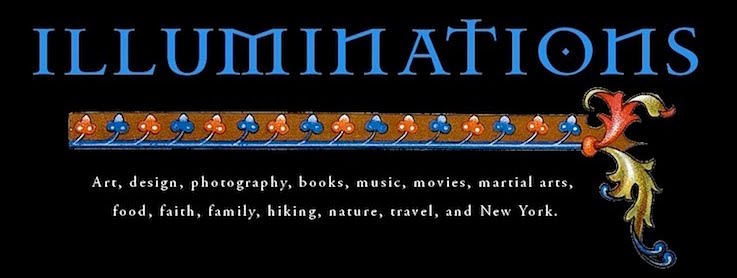Despite occasional harsh prejudices to the contrary, I remain an unpopular "day person" awake in the dawn of your socially acceptable manic-depression. In my small town of Pearl River, only two businesses operate 24/7, 365 days/year: the convenient store on the corner doing a brisk business in chemically-laden tobacco, booze, energy drinks, junk food, and lotto tickets, or the chain drugstore right across the street with its handy drive-up window.
It speaks to our priorities about what we feel is most important to us in our lives, and it's the commercialized convenience of excess, which makes my natural body-clock jarring to the pale shakiness of a typical "night owl". Nor does it stop at a simple day/night dichotomy either, observed through the touchy tenderness about "alternative" circadian rhythms. It was in this vein that I suffered through each and every New Year's Eve with my mom growing up, who gets a "jolt of energy" (her words) between 10-11 p.m., moving around her carefully controlled, highly monitored "home environment" (her words again) to wash dishes and do laundry, then check her emails until 12 p.m.-1:30 a.m., unless of course I want to watch the UFC fights in her apartment airing "late" that end around her usual bedtime of 2:00 a.m. Then, my entire life and schedule is immediately suspect and abused.
It didn't matter how much my mom and her freaky friends or family "made fun" of me for sleeping at night, even if it was New Year's Eve. When you wake up between 6-7 a.m. in the morning, you go to sleep in the evening whether you want to or not, and that's healthy, except if you're paranoid and bipolar. Then, it's the complete opposite. Most of the seriously disordered people I know crave sugar, caffeine, or cocaine to get that rush when the depressive side of their illness kicks in, making them miss active late nights over a feeble, disabling, daytime lethargy. Of course, I can stay up for an event if I plan for it, but if I don't have to, I don't. It's simple: no dinner date or late-nite party to attend, I'm asleep. And I'll probably be working the next day.
So, to all you lone wolves regularly sleeping with the sun like I do, know that you're not alone in your healthy sleep habits this New Year's Eve. And no, Jane, there's nothing wrong with getting a full 8-9 hours of sleep, despite peer pressure or what you've been told about "peak performance hours" for "maximum productivity". They're marketing buzzwords for anxiety and mania, anyway. Have a good night's sleep, and I'll see you all in 2017, fans of daytime. G-d bless.









